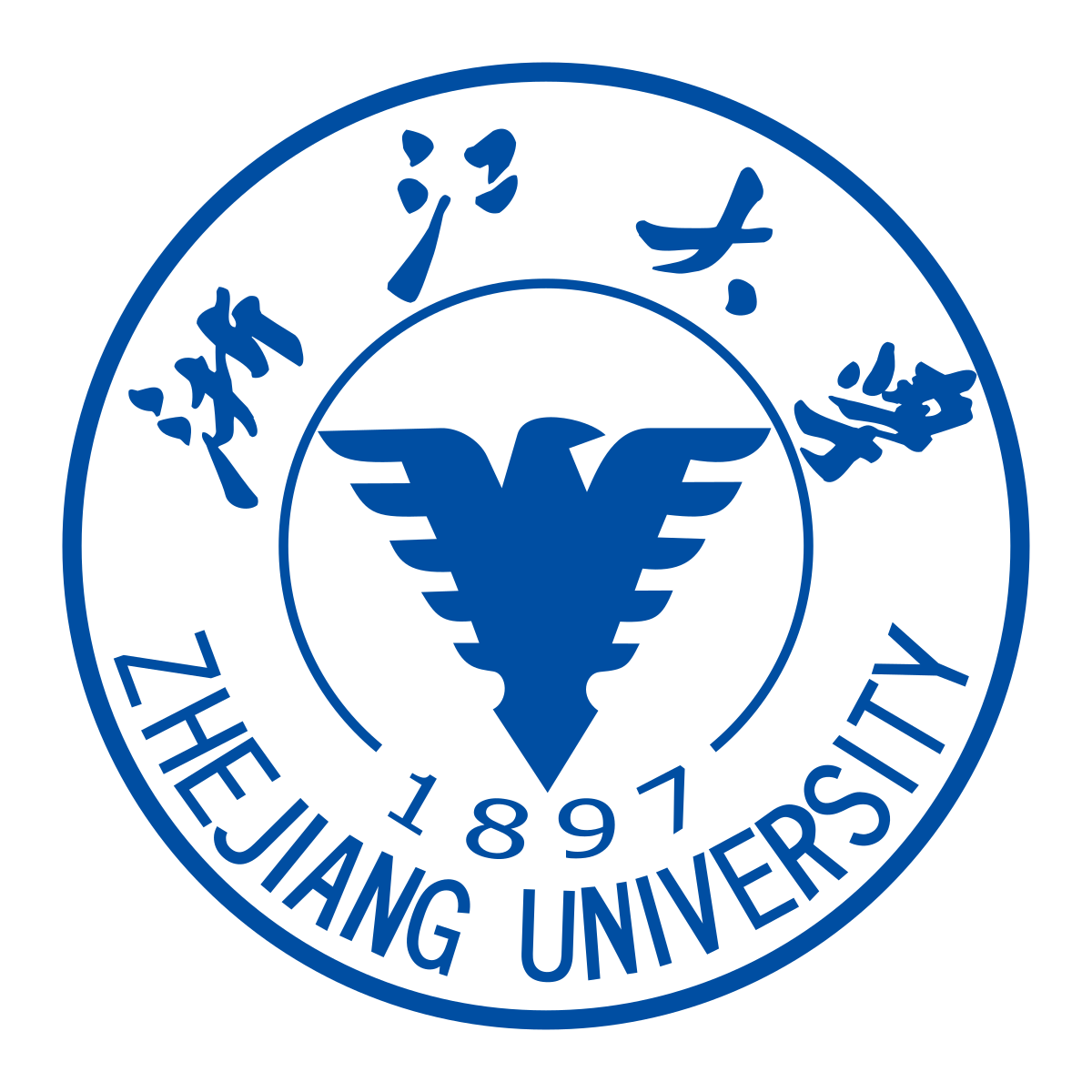Zhejiang University: Light-controlled “drug-free” macromolecules for precise tumor therapy
Drug-free macromolecular therapies can induce cell apoptosis by clustering non-internalizing cell-surface receptors. These show enormous promise in tumor treatment, particularly in terms of non-specific toxicities when compared with low-molecular-weight drugs. However, most reported drug-free macromolecular therapies involve a ‘two-step’ administration manner and there is a paucity of in vivo research.
On December 23, 2021, the research team led by Prof. DU Yongzhong at the College of Pharmaceutical Sciences, Zhejiang University, published an article entitled “Spatiotemporally light controlled ‘drug-free’ macromolecules via upconversion-nanoparticle for precise tumor therapy” in the journal Nano Today.
Du’s team synthesized light-controlled ‘drug-free’ macromolecules consisting of up-conversion nanoparticles, aptamers, water-soluble polymers, and cinnamate (CA) groups. These macromolecules were first highly accumulated at tumor sites mediated by aptamers and precisely localized to receptors on the surface of tumor cell membranes. The up-conversion nanoparticles converted near-infrared light into ultra-violet light and induced the cross-linking of CA groups, thus resulting in the clustering of CD20 receptors and cell apoptosis. No apoptosis occurred in light-free sites. Therefore, tumors could be precisely treated in a safe and efficient manner. This strategy was confirmed by in situ and intravenous administration in tumor model animals.
“This near-infrared up-conversion controlled, in-situ synthesized drug-free macromolecular therapeutics expands the repertoire of macromolecular drugs and opens a new avenue for tumor therapy,” said Du.

